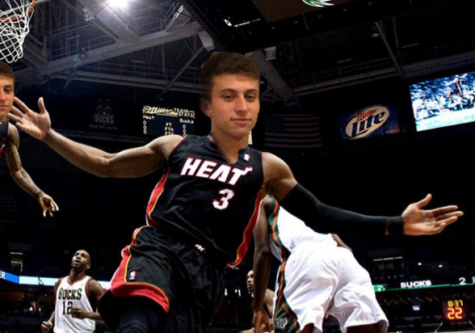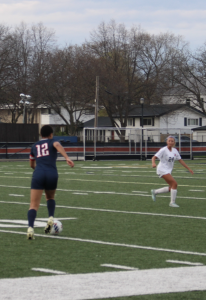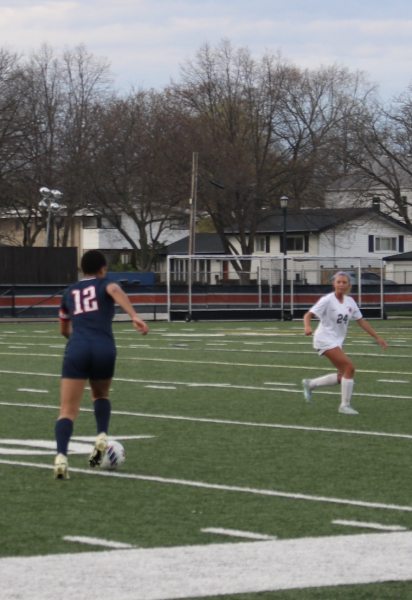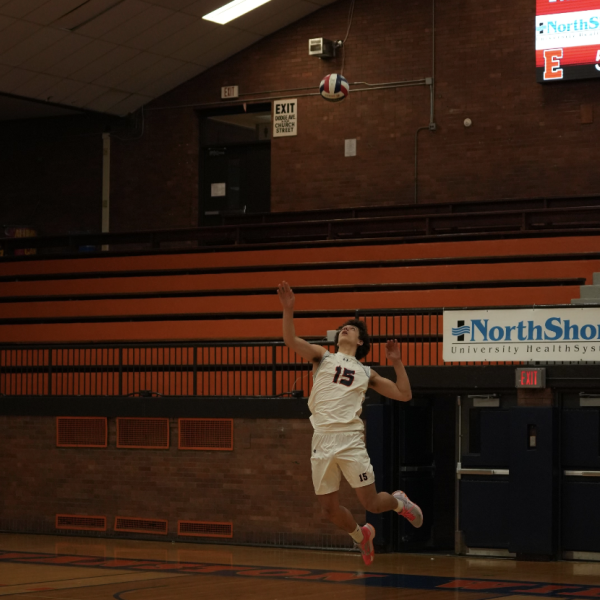Road less traveled: DIII athletes find opportunities outside the spotlight
May 24, 2018
While many covet the opportunity to become student-athletes at the Division I level, a more common route for those seeking to play collegiate athletics, Division III, is not often recognized as equally rewarding.
“Part of the advantage of playing at a DIII school ensures that the academics come first,” senior baseball player Will Lucas said. “I like that because we get to compete in a high-level year-round sport while focusing on a quality college education.”
Lucas will pitch at DePauw University in Greencastle, Ind. next year, and added that he could not imagine his baseball career ending after high school.
As reported by the National Collegiate Athletic Association (NCAA), the Division III level is a $30.2 million industry that includes over 450 schools across the country. Nearly 200,000 student athletes compete at this level, a figure which represents 39% of the NCAA in its entirety.
“If you have the chance to play at any level you should do it,” Lucas added. “You don’t really hear about people regretting that they played NCAA sports; it’s usually the opposite.”
Many look to the Division 1 level as a first choice because of the chance to earn an athletic scholarship and earn a chance to compete in front of a larger audience. The competition is more rigorous than other levels, but that does not mean that an athlete can’t find peak competition outside of this sphere.
“It is really easy to get caught up in the numbers and perks of a school, but at the end of the day you need to make the decision that best suits yourself and what you are seeking for in a college experience,” senior cross-country and track runner Logan Singer said.
Singer will run next year at Case Western Reserve University in Cleveland, Ohio, where he found allure in the location, programs of study, and the overall feel of the team.
Evanston is sending 20 student-athletes to DIII schools across the country for a variety of sports, including baseball, water polo, swimming, soccer, football, track, and volleyball. Many of these athletes will join programs with very successful track records.
“The Emory [University] women’s swim team has won nine consecutive NCAA DIII championships, and I can’t wait to be a part of the strong culture of excellence,” senior swimmer Clio Hancock said.
Hancock is excited for the move to Atlanta to compete for the Eagles next season, and noted that the research programs and core liberal arts curriculum were important factors in her decision to attend the school.
Although competing at the DI level is more associated with fame and glamour, many find the numerous benefits offered by DIII programs hard to resist.
“I think that trying to balance my continuation of sports in college while also trying to find a school that fits me well was a challenge,” senior boys cross country and track runner Logan Singer said. “However, in a way it helped me narrow down my options and allowed me to focus on what was most important for myself.”
Whether it be the academics, location, or range of opportunity the Division III level offers, student-athletes have found numerous benefits in pursuing careers at smaller institutions around the country. Make sure to catch the numerous ETHS alumni competing for these programs next year.
















